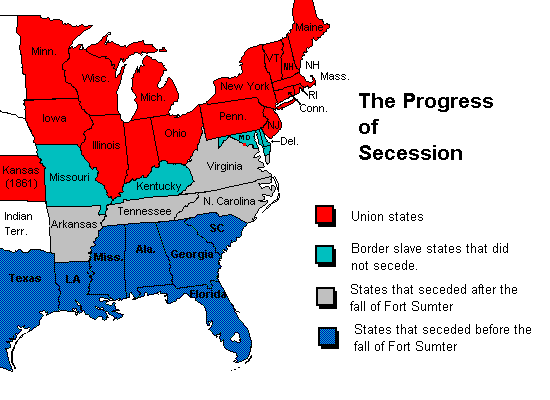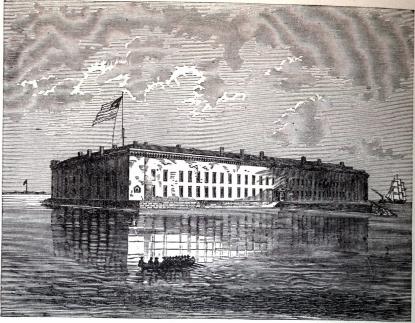
The secession of the Southern states
After the election of Abraham Lincoln in 1860, states began to secede from the Union. The first to do so was South Carolina. The Ordinance of Secession was passed unanimously and South Carolina officially seceded. By February sixth of 1861, six more stats had seceded. These states were Mississippi, Florida, Alabama, Georgia, Louisiana, and Texas. In an attempt to hold the Union together, Congress tried to compromise with the seceding states. Their attempts were ignored and the Confederate States of America formed with Jefferson Davis as the president. They drafted a constitution which was basically the same as the American Constitution except for the fact that it guaranteed slavery, banned protective tariffs, limited the presidency to a single six-year term, and declared that each state was independent.
The secession marked the ended of the United States of America and its split into two separate countries. It showed how far the South was willing to go to retain their ways of life.





